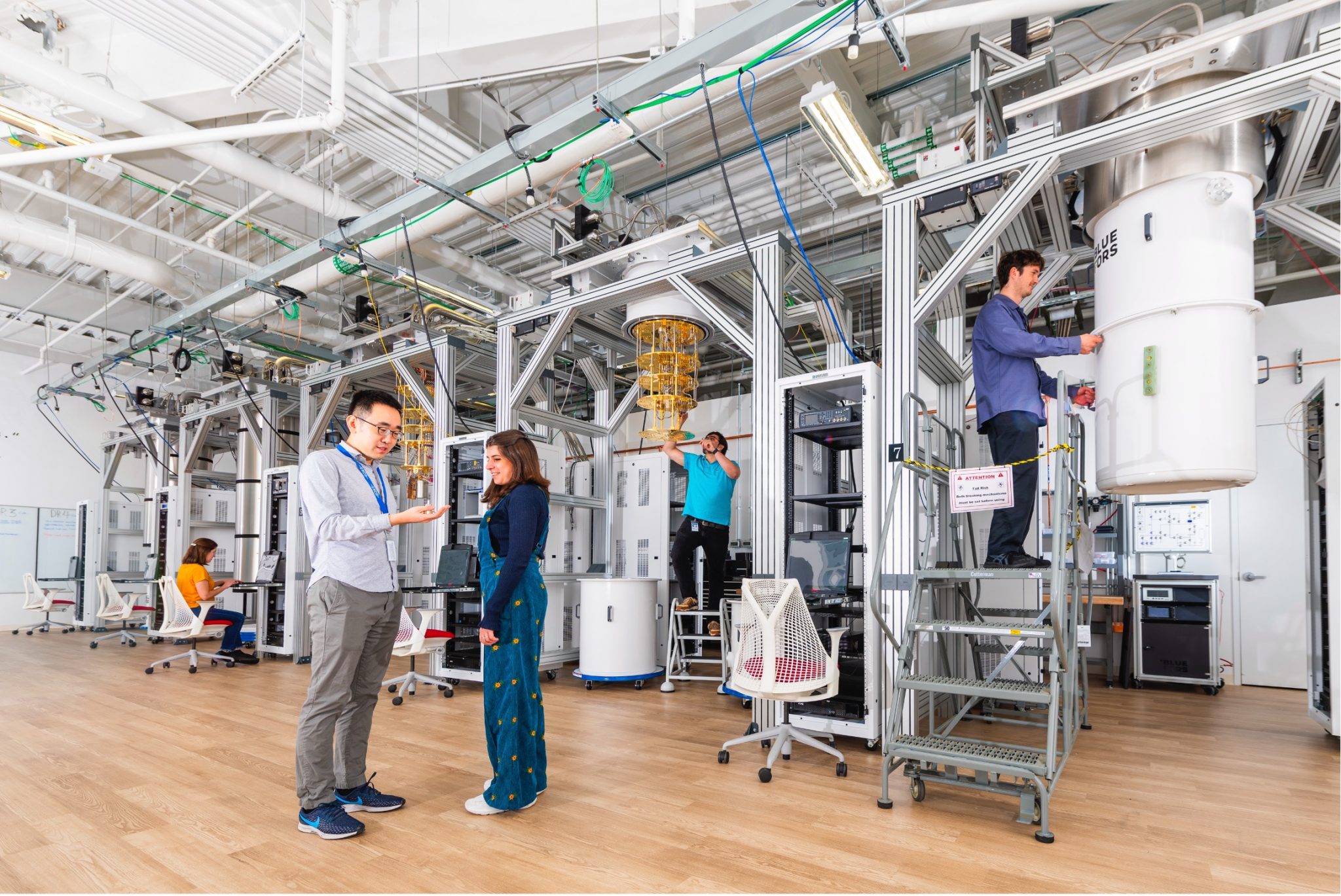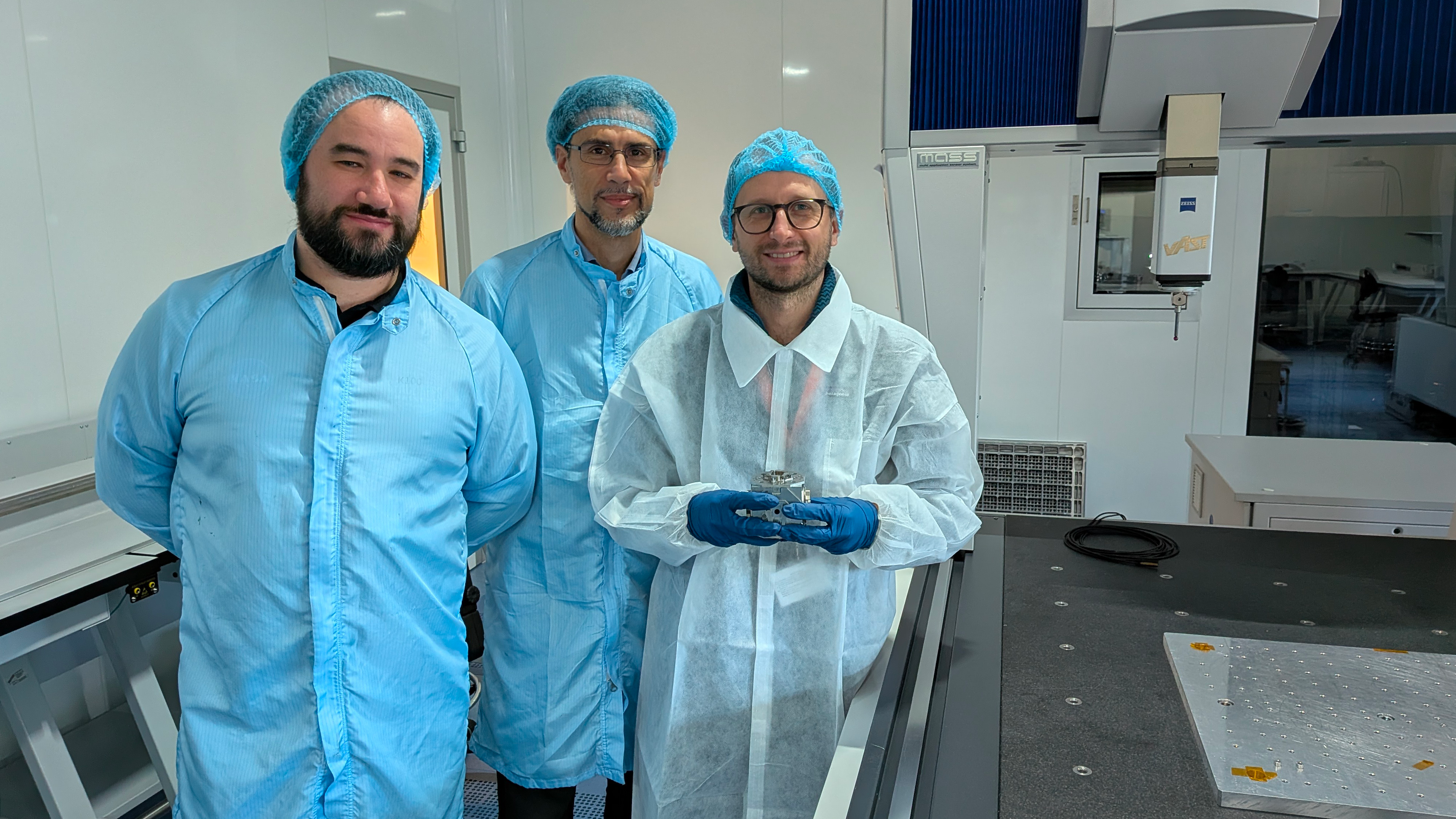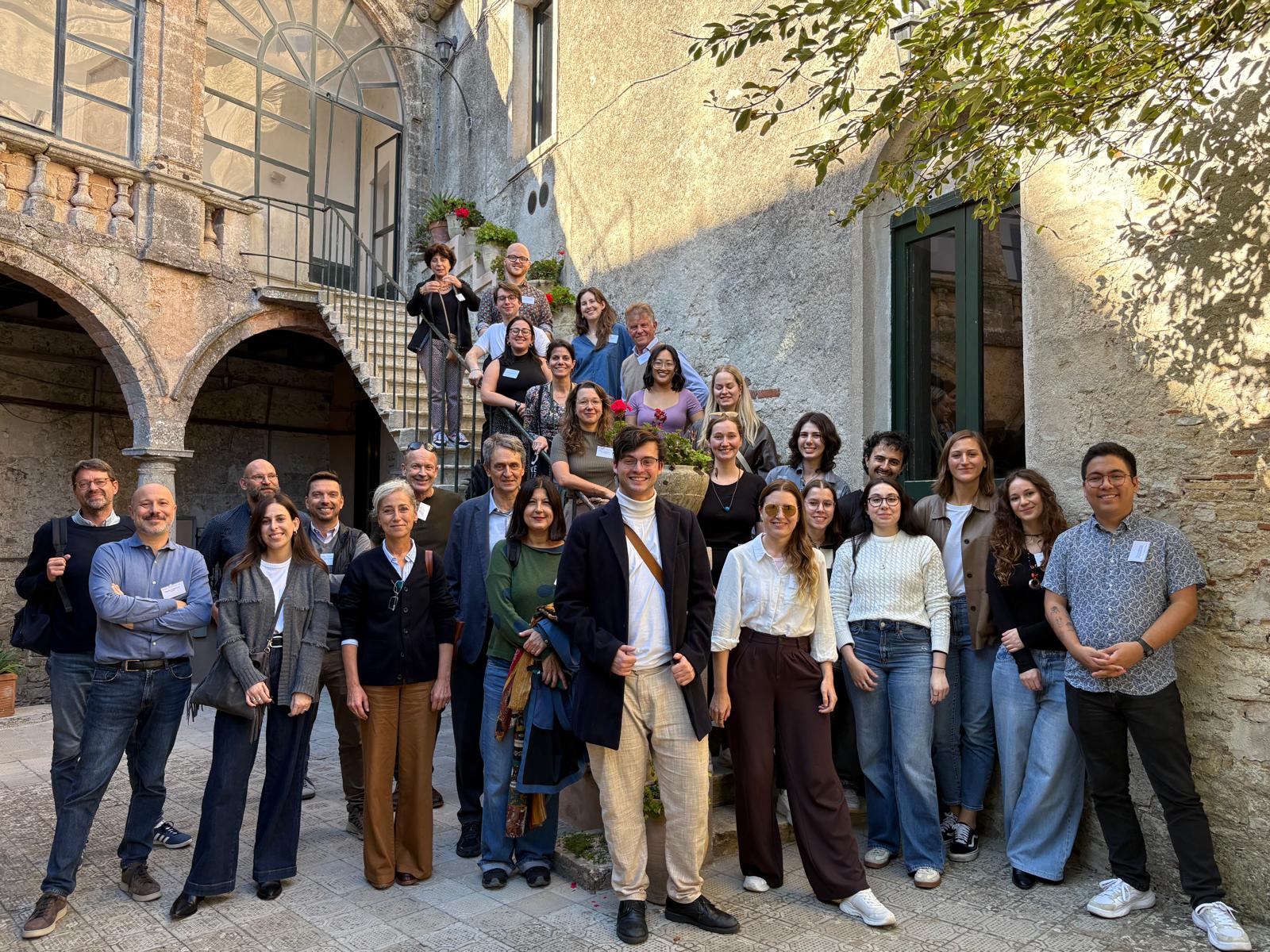 Techniques developed in the field of astroparticle physics at INFN Gran Sasso National Laboratories have contributed to the analysis of a rare meteorite: the Winchcombe meteorite, recovered in the Gloucestershire area of England in February 2021 a few hours after its impact with the Earth’s surface, a fact that allowed it to be preserved from the effects of the weather. The meteorite has been analysed in several international laboratories specialising in the study of materials of extraterrestrial origin, including for the first time the STELLA (Subterranean Low-Level Assay) laboratory at the Gran Sasso National Laboratories, where very pure Germanium detectors were used.
Techniques developed in the field of astroparticle physics at INFN Gran Sasso National Laboratories have contributed to the analysis of a rare meteorite: the Winchcombe meteorite, recovered in the Gloucestershire area of England in February 2021 a few hours after its impact with the Earth’s surface, a fact that allowed it to be preserved from the effects of the weather. The meteorite has been analysed in several international laboratories specialising in the study of materials of extraterrestrial origin, including for the first time the STELLA (Subterranean Low-Level Assay) laboratory at the Gran Sasso National Laboratories, where very pure Germanium detectors were used.
The results, published on 16 November on Science, demonstrate that carbonaceous meteorites played a key role in delivering from space the ingredients needed to kickstart the formation of oceans and life on Earth. The most important result obtained from the study consists of having found that the meteorite contains extraterrestrial water with characteristics similar to those of water on Earth, and traces of amino acids, i.e., prebiotic molecules that are crucial components in the origin of life on Earth. Moreover, it was possible to estimate the original size of the meteorite, before its fragmentation due to its entry into the atmosphere, and the total exposure time to the cosmic ray flux on its way to Earth. Direct observation and recording of the meteorite’s trajectory as it entered the atmosphere also made it possible to reconstruct the orbit of the cosmic object with great accuracy, from its origin near the planet Jupiter, millions of years ago, to its subsequent fall to Earth on its journey to the Sun.





